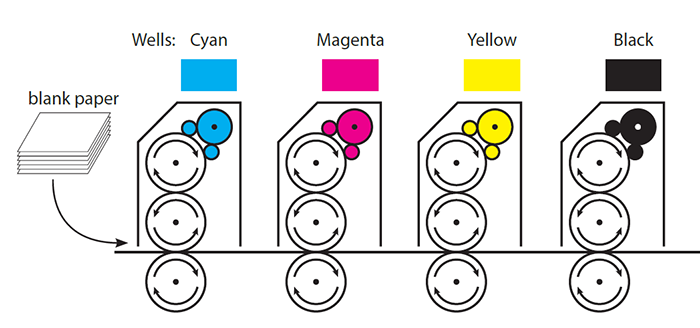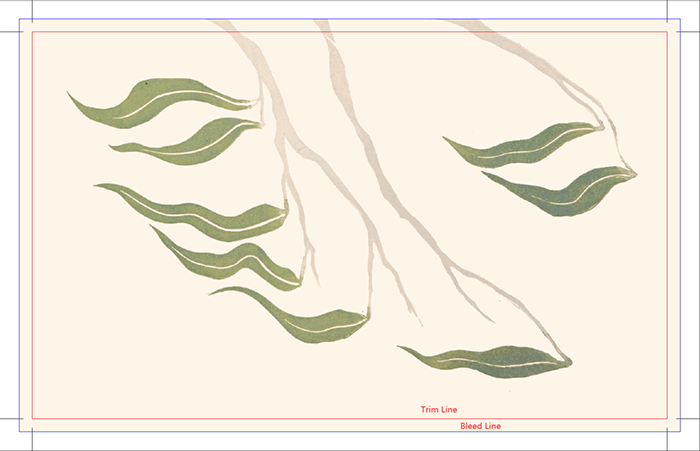 English
English Español
Español  Português
Português  русский
русский  Français
Français  日本語
日本語  Deutsch
Deutsch  tiếng Việt
tiếng Việt  Italiano
Italiano  Nederlands
Nederlands  ภาษาไทย
ภาษาไทย  Polski
Polski  한국어
한국어  Svenska
Svenska  magyar
magyar  Malay
Malay  বাংলা ভাষার
বাংলা ভাষার  Dansk
Dansk  Suomi
Suomi  हिन्दी
हिन्दी  Pilipino
Pilipino  Türkçe
Türkçe  Gaeilge
Gaeilge  العربية
العربية  Indonesia
Indonesia  Norsk
Norsk  تمل
تمل  český
český  ελληνικά
ελληνικά  український
український  Javanese
Javanese  فارسی
فارسی  தமிழ்
தமிழ்  తెలుగు
తెలుగు  नेपाली
नेपाली  Burmese
Burmese  български
български  ລາວ
ລາວ  Latine
Latine  Қазақша
Қазақша  Euskal
Euskal  Azərbaycan
Azərbaycan  Slovenský jazyk
Slovenský jazyk  Македонски
Македонски  Lietuvos
Lietuvos  Eesti Keel
Eesti Keel  Română
Română  Slovenski
Slovenski  मराठी
मराठी  Srpski језик
Srpski језик
How To Get A Print-ready PDF
Design verification process:
In our quest to produce the highest quality printing products, all projects must pass through the design verification process. The pdf files will be checked by a member of our pre-press team. A prepress report will be generated, highlighting the issues that must be addressed before files can be moved to the production. Several rounds of file uploading, checking, and prepress reports may happen before the files are cleared to go to production.
Want to make the process faster?
Besides following all of the great tips here, you can check your files before uploading them to RichColor! Checking your print files for some of the most common issues that need to be corrected, including:
• Low resolution images
• RGB images
• Spot color inks
Following these guidelines will save your time from the design verification before mass production.
File Format: PDF
Fonts: Embedded
Image Resolution: 300 dpi (minimum)
Color Images: CMYK (not RGB)
Page Count: An even number of pages (add blanks if applicable)
For sewn stitch, please make sure they are divisible by 4
Bleeding Pages: Extend .125” all around if applicable.
Bleed area, extend any images or color backgrounds that should print off page
Crop Marks: Not necessary if page size is same as trim size
We strongly urge those unfamiliar with offset printing's standards to read these tips carefully. While it is important to follow all of these best practices, there are five basic requirements for all files submitted to RichColor for print.
The BASIC FIVE:
1. All files must be submitted as PDFs
2. All files in CMYK color format
Large scale commercial printing uses an offset printing process, most commonly consisting of the use of CMYK plates (Cyan, Magenta, Yellow, Black). All files must be submitted in CMYK color format. Do not use RGB color space for your files. RGB is a format for onscreen images.

3. Images should beat a resolution of 300ppi or above
The print industry standard is to have all images at 300+ ppi. Using lower resolution images runs the risk of your images appearing blurry or pixelated.
4. All files to have 3mm of bleed
Bleed and margin issues are a common problem found during prepress checks, but they are easy to avoid!
Bleed is a printing term that refers to the artwork that goes beyond the edge of the dieline (or trim line) for your component. Artwork and background colors should extend at least to the edge of the bleed line. Maintaining the recommended bleed will ensure that unprinted edges do not appear on your components.
All files require at least 3mm of bleed on each side; some components may require more.

5.Black text should be pure black(C:0% M:0% Y:0% K:100%), not rich black, and text should be set to overprint.
The reason we ask that all text be in Pure Black is that our eyes are trained to notice extremely small variations when deciphering text. For this reason, we strongly recommend using a single color plate when designing text for print as the smallest misalignment of the printing plates may cause typefaces with thin strokes to appear slightly blurry. Pure black is the best of those four colors to use for type as it is the easiest to read.
Send Inquiry
-
E-mail
-
Call Us
-
Address
4th Building, Xinxia Road 23, Pinghu, Longgang District, Shenzhen, China
Get started with a FREE consultation
At RichColor Printing, we will guide you through the entirety of the printing process from PDF making to a successful book out. Let us help bring your vision to life.




